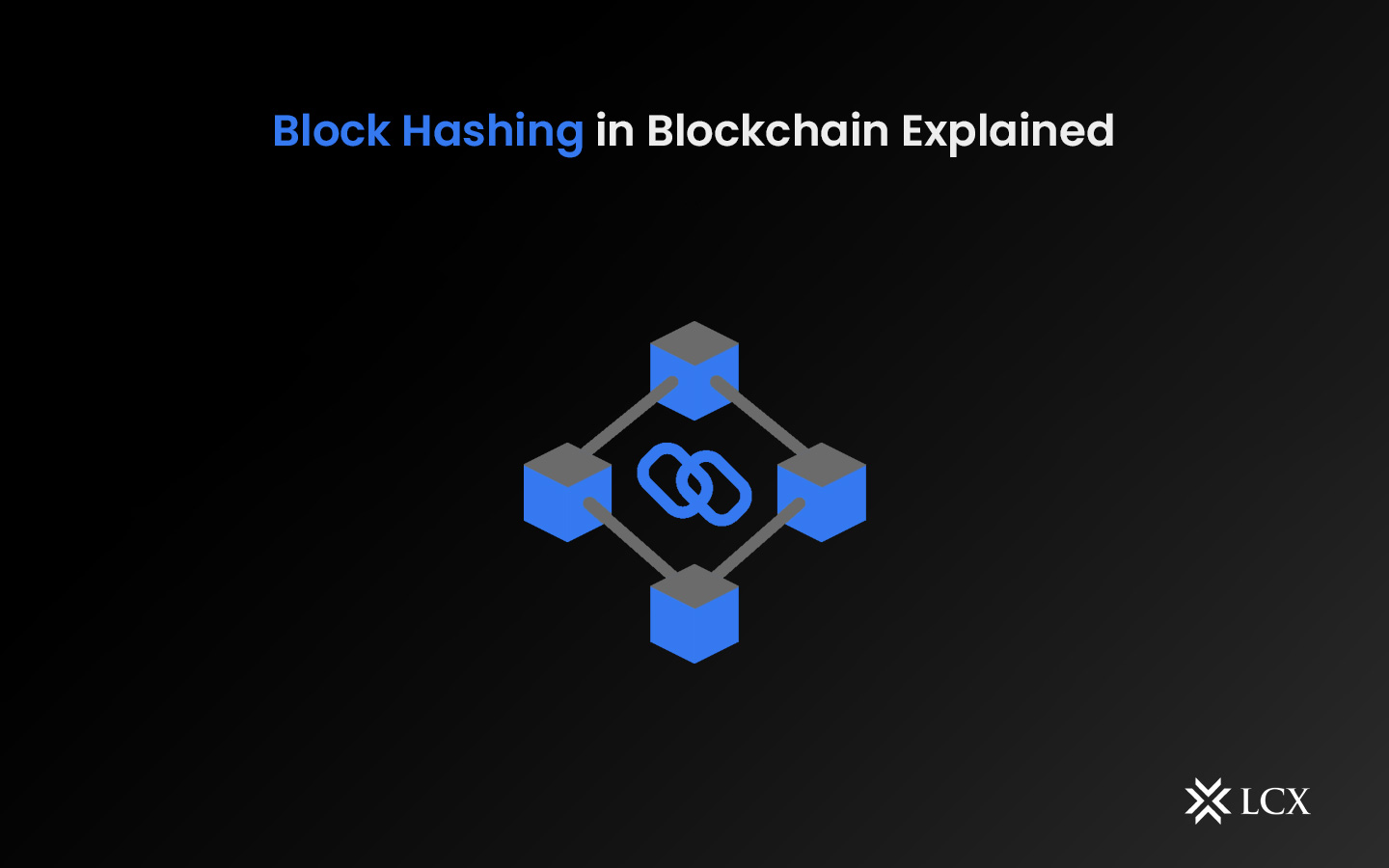Within blockchain technology, few concepts are as fundamental and crucial as block hashing. As the cornerstone of blockchain’s security, immutability, and decentralization, block hashing plays a pivotal role in ensuring the integrity of data and maintaining the trust of participants in a decentralized network.
Understanding Blockchain Basics
Before we dive into the depths of block hashing, it’s essential to grasp the fundamentals of blockchain technology. At its core, a blockchain is a distributed, decentralized digital ledger that records transactions across a network of computers. Each transaction is grouped into a “block,” and these blocks are linked together in chronological order, forming a chain.
The integrity and security of a blockchain rely on its decentralized nature and the immutability of its data. Immutability means that once a block is added to the blockchain, it cannot be altered or deleted without the consensus of the network participants. This property is achieved through a combination of cryptographic techniques, with block hashing being a central component.
Main Components of Blockchain Network
Node/Block: It is the fundamental component of any blockchain. It functions as a database to store all transaction-related data. Each blockchain has a unique block size, period, and event that initiates a block. Each block or node in a blockchain contains a comprehensive record of all transactions that have ever been recorded.
Network: The network consists of “full nodes” Consider them to be the computer running a network-protecting algorithm.
Hash: It functions as a chain that connects one block to the next; mathematically, it can be described as “chaining” all blocks together. This is one of the most difficult blockchain concepts to grasp. It is like alchemy that binds blockchains together and enables them to establish mathematical trust and maintain network privacy and security. The previous block’s data is used to generate the hash in the blockchain. We can therefore say that the hash is a fingerprint of this data and that it locks the order and time of the blocks.
What Is Hashing in Blockchain?
The term hash or hashing is frequently used when discussing blockchain technology. Using a specific algorithm, hashing refers to the transformation and generation of input data of any length into a string of a fixed length. Specifically, the Bitcoin hash algorithm is Secure Hashing Algorithm 256 bits (SHA-256). This algorithm is a one-way cryptographic function, as the encrypted data cannot be decrypted to recover the original data.
It is advantageous to employ a cryptographic hash function to prevent fraudulent transactions, double spending in the blockchain, and password storage. However, what is a Bitcoin hash, and why is it relevant in this context? According to the algorithm, this is a unique number that cannot be replicated. Therefore, it is frequently employed to validate the authenticity of a file. In context, whenever there is a change to a hashed file, its hash will also change automatically. And each succeeding hash is tied to the previous hash, ensuring that all blocks are consistent.
How Hashing Works in Blockchain?
A hashing algorithm takes an infinite number of bits, performs calculations on them, and then returns a fixed number of bits. No matter the extent of the input data, the output will always be rectified. Consequently, the original data is referred to as input, and the ultimate transformation is referred to as a hash. Today, the only difference between numerous hashing algorithms is how information is processed.
To completely comprehend hashing, it is necessary to first comprehend the data structure. A data structure is a specific method for storing data consisting of two essential elements: pointers and linked lists. Pointers are variables that refer to other variables, so they serve as guides to the correct location. Additionally, it contains the address of the subsequent block in the chain. Linked lists, on the other hand, consist of a series of entities that are interconnected using pointers.
Due to hashing in the blockchain, each block is allocated a unique identifier, and altering the blockchain will have irreversible consequences. The preamble of the block contains information that identifies the block. It includes such specifics as:
- Version number of the blockchain
- UNIX timestamp
- Hash pointers
- Nonce, which is the value the miners need to create a block a hash of a Merkle root
All of these components are required to construct the block. Therefore, when a hash is performed on the blockchain, the data is converted into a unique string within a block.
How to Solve a Hash?
To solve a hash, intricate mathematical problems containing data from the block header must first be solved. Prior to initiating the procedure, a miner must engage in trial-and-error to determine which string to use as a nonce. When a nonce is identified, miners will concentrate on the nonce (a string of numbers) that corresponds to the hashed content of the previous block. The new hash must be smaller than or equal to the target hash for a hash to be regarded successful. In exchange, the miner will receive compensation for adding the block to the blockchain.
How Is Hashed Data Being Secured?
Except for the Genesis block, every block contains a hash of the previous block (parent block). If the data in one of these blocks is modified, it impacts all of the others. However, as the network expands, it becomes practically impossible to change hashes across all blocks. Therefore, the hashing procedure is required for the blockchain in order to ensure the uniqueness and originality of each system element. Immutable and trustworthy data is one of the blockchain’s fundamental characteristics, rendering it valuable and endowing it with immense potential. The information always remains authentic, ensuring the blockchain’s integrity.
Conclusion
Block hashing stands as one of the foundational concepts that underpin the security, immutability, and consensus mechanisms of blockchain technology. Through cryptographic algorithms and Proof of Work consensus, block hashing maintains the trust of participants in a decentralized network. As the blockchain landscape continues to evolve, block hashing will likely remain a cornerstone of the innovative solutions that emerge.










